Anatomy of a CC License
Anatomy of a CC License
Creative Commons public licenses are designed with three layers. The licenses not only provide a legal code but also human-readable language both creators and users can learn and understand, as well as machine-readable designators for the larger World Wide Web.
Three Layers
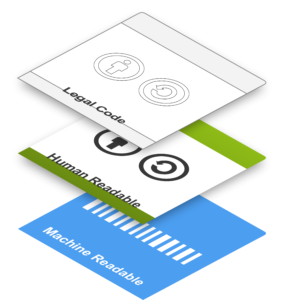
- Legal Code: The base layer of the license is the legal code. This code makes the licenses enforceable in courts across the globe. This protects both the creator and users of the work.
- Human Readable: This layer helps everyone understand the basic terms of the license in a language that most people can understand. This ensures the licenses are useful to everyone rather than only those with legal backgrounds.
- Machine Readable: The machine-readable layer of the license allows the licenses to work with search engines, like Google, and other technologies to make works findable. Search engines can add the ability for users to only search for items with specific license types to easier find the resources they want to use.
Learn more about the layers: About Creative Commons Licenses
Four Core Elements
All Creative Commons licenses are structured to give users permission to make a wide range of uses as long as users comply with the conditions in the licenses.
Elements
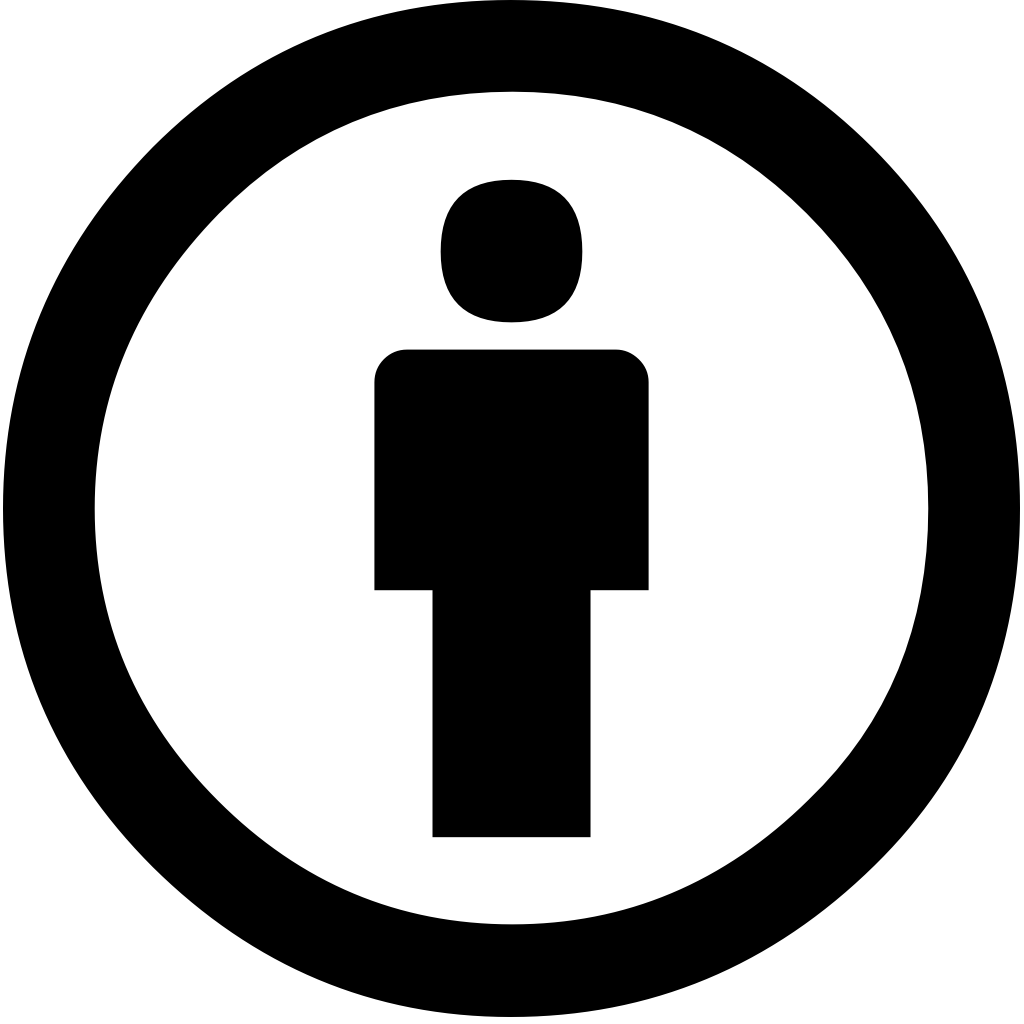
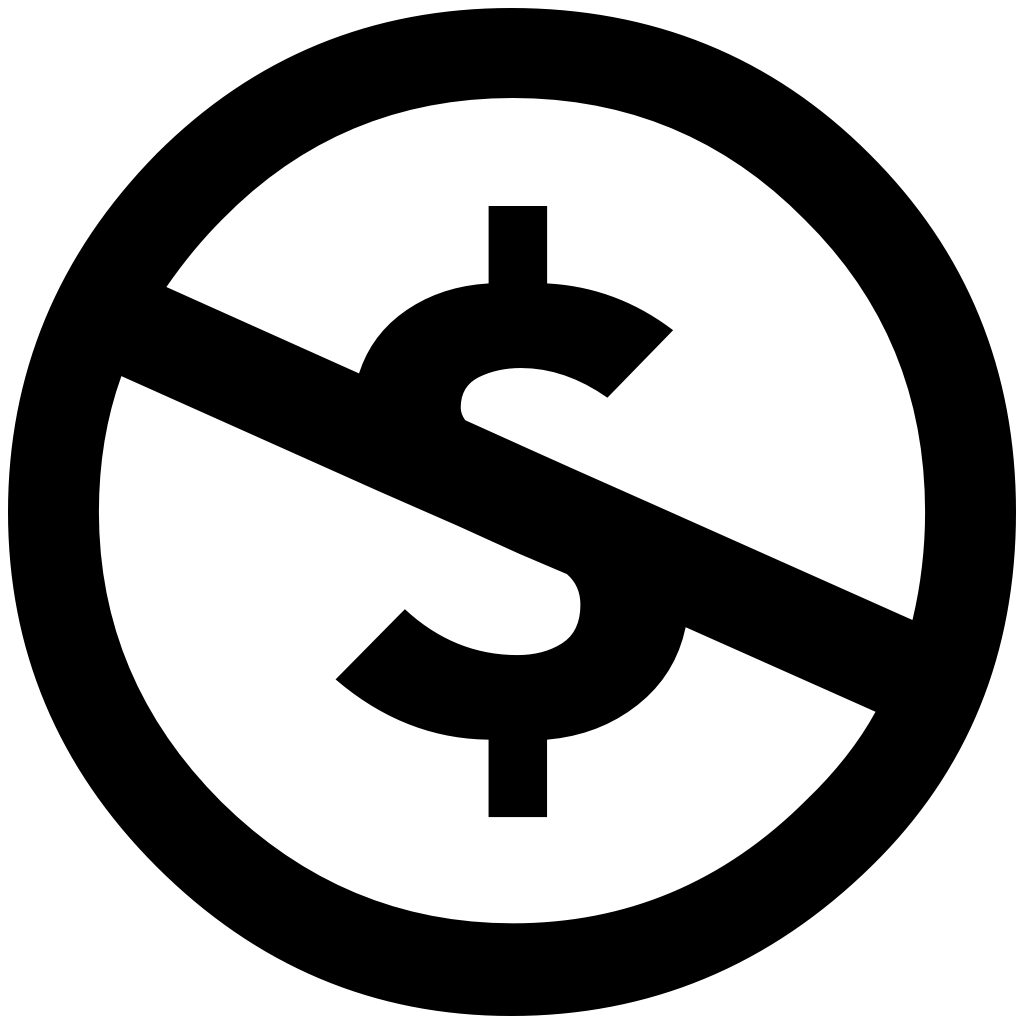

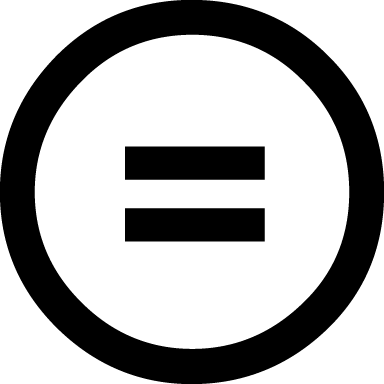
Six Creative Commons Licenses
These licenses are constructed by combining four license elements—BY, NC, SA, and ND. These four elements provide the foundation of how users are permitted to use the work. *Note* all CC licenses require attribution, but otherwise the license elements can be combined to allow for or restrict various activities, such as commercial use or adaptation.

Attribution (CC BY)
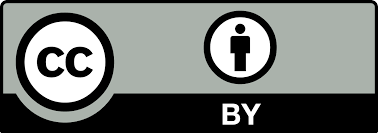
The CC BY license allows others to reuse, adapt, remix, and and distribute the work for any purpose, including commercial use. The only requirement is that the work or adaptation must be shared with attribution to the creator.
Attribution Share Alike (CC BY-SA)
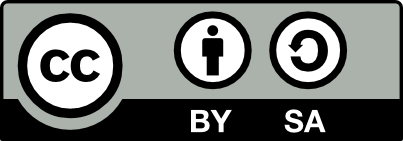
The CC BY-SA license allows others to reuse, adapt, remix, and distribute the work for any purpose, including commercial use. It requires attribution to the creator, and also that if you adapt the work and share it you must give your adaptation the same or a compatible license.
Attribution NonCommercial (CC BY-NC)

The CC BY-NC license allows others to reuse, adapt, remix, and redistribute the work for any non-commercial purpose; commercial use of the work is not allowed. Attribution to the work’s creator must be provided.
Attribution NonCommercial Share Alike (CC BY-NC-SA)

The CC BY-NC-SA license allows others to reuse, adapt, remix, and distribute the work for any non-commercial purpose; commercial use of the work is not allowed. In addition, if you adapt the work and share it you must give your adaptation the same or a compatible license. Attribution to the work’s creator must be provided.
Attribution NoDerivatives (CC BY-ND)
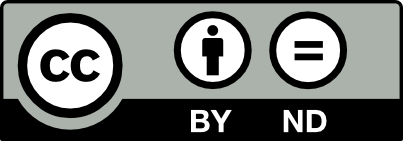
The CC BY-ND license allows others to reuse and distribute the work in an unadapted form for any purpose, including commercial use; adaptations are not allowed (see above under the ND license element for more about what counts as an adaptation). Attribution to the work’s creator must be provided.
Attribution NonCommercial NoDerivatives (CC BY-NC-ND)

The CC BY-NC-ND license allows others to reuse and distribute the work in an unadapted form for non-commercial purposes; neither commercial use or adaptation is allowed. Attribution to the work’s creator must be provided.
Creative Commons Public Domain Dedication
In addition to the six Creative Commons licenses, there are also two public domain dedication tools. Since items in the public domain are not protected by copyright, there is no need to apply CC licenses to them. However, creators can dedicate their creations to the public domain and the Creative Commons has created an easy way for them to do so. Also, as the licenses have become commonplace, the CC created a Public Domain mark that can be added to works already in the public domain to allow users to easily identify an item as available.
 The CC0 (aka CC Zero) is a public dedication tool, which allows creators to give up their copyright and put their works into the worldwide public domain. CC0 allows reusers to distribute, remix, adapt, and build upon the material in any medium or format, with no conditions.
The CC0 (aka CC Zero) is a public dedication tool, which allows creators to give up their copyright and put their works into the worldwide public domain. CC0 allows reusers to distribute, remix, adapt, and build upon the material in any medium or format, with no conditions.
The Public Domain Mark is a label used to mark works known to be free of all copyright restrictions. Unlike CC0, the Public Domain Mark has no legal effect when applied to a work. It serves only as a label to inform the public about the public domain status of a work and is often used by museums, libraries and archives working with very old works.
Creative Commons and Copyright Exceptions and Limitations
The Creative Commons was created to allow for the reuse and adaption of copyrighted works with a blanket license copyright owners can apply to their works. It does not impact the regular copyright exceptions and limitations already granted by copyright laws. For example, even if a work is given a BY-ND license that does not allow adaptions of a work, a parody of the work could be created as long as it is done using the Fair Use doctrine.
License Your Work
For more on sharing your work, visit: https://creativecommons.org/share-your-work/
Attribution
This section is an adaptation of License Design and Terminology (on Creative Commons Certificate for Educators, Academic Librarians and GLAM) by Creative Commons, and is used under a CC BY 4.0 license.
Image credit: The license types logos, and the CC logo, are from the Creative Commons downloads web page, used under the CC Trademark Policy.
